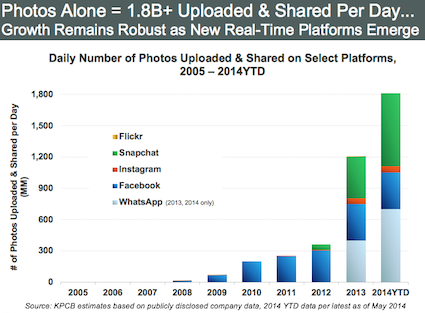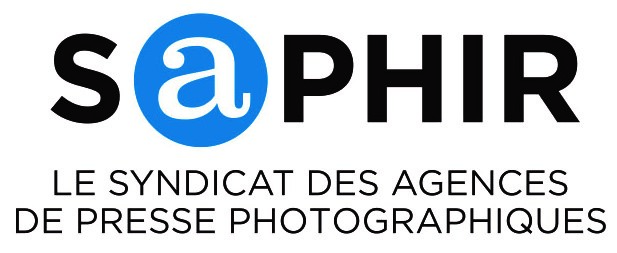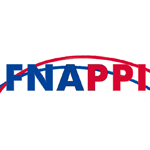By Sylvie Fodor
It is with great interest that CEPIC members have taken note of the intention of the JPEG’s Joint Expert Group to integrate DRM (Digital Rights Management) into an extended JPEG standard. Is it a new promising method allowing to fight against a high and raising rate of online piracy?
Is DRM back?
DRM – Digital Rights Management – is commonly found in music and video files online. Applied to photographs, the goal of DRM would be to control the JPEG standard so that visual content providers may protect their assets online effectively and monetize publication.
The case for DRM in JPEG
The JPEG Expert Group points to the explosion of image sharing on the web with WhatsApp and Snapchat. This explosion of use and sharing goes parallel with a growing piracy rate and devaluation of images.
- Preserve image and metadata integrity
- Allow content owners to monetize their investment
- By encrypting plain text metadata for protection of privacy and intellectual property rights
As further justification of their initiative, they rightly point out to the fact that:
“The CEPIC Photographic association, the Plus Coalition, and the IPTC Photo-Metadata groups are all actively engaged on the preservation of the integrity of the metadata, the IPR and the distribution of rights to the private and public sectors.”
The case against DRM in JPEG
The case against DRM is made by the Electronic Frontier Fondation. The EFF argues that drawbacks outweight benefits. For example:
- DRM protection is ineffective as it may be circumvented
- While DRM may hinder illegitimate usages, it also interfers with legitimate usages such as Fair use (in the United States), or does not take “exceptions to copyright” into account (in Europe)
- It hampers interoperability, enabling geo-blocking (i.e. some images would only be available on a regional basis)
The EFF also makes a number of recommendations allowing for the protection of images but without the drawbacks of DRM. Such as:
- Online platforms should be encouraged or required by law to preserve image metadata
- Using alternative technologies such as Signature rather than Encryption
Is DRM technology “bad” or “good” ?
Certainly, the EFF has an “open data” agenda: their resistence to DRM is in line with their general philosophy. Is it accurate?
Michael Steidl, managing director of the IPTC, points out that DRM is, in fact, “not working well“.
“DRM applied to music and video is gone“, he says “Only some PDF documents still have a DRM managed implemented by Adobe.”
Mr. Steidl concludes philosophically: “This raises a fundamental issue regarding technology: you can use if for good or bad purposes, the technology as such is ignoring that. If it is possible to support only the “good” use of it and to stop any “bad” use is an interesting technical challenge.“
In any case, an issue which will be followed closely by IPTC, CEPIC and other interested stakeholders within the picture industry.
Resources:
The Summary Statement of the JPEG Expert Group may be found HERE
The slide presentation of the Electronic Frontier Fondation is available HERE
Michael Steidl’s presentation on Photo metadata at the JPEG workshop is available HERE
The European Commission dedicates a page to the JPEG standard. Many useful information and links may be found on this page.
Beyond technology, CEPIC’s forward looking propositions to protect visual content online HERE









